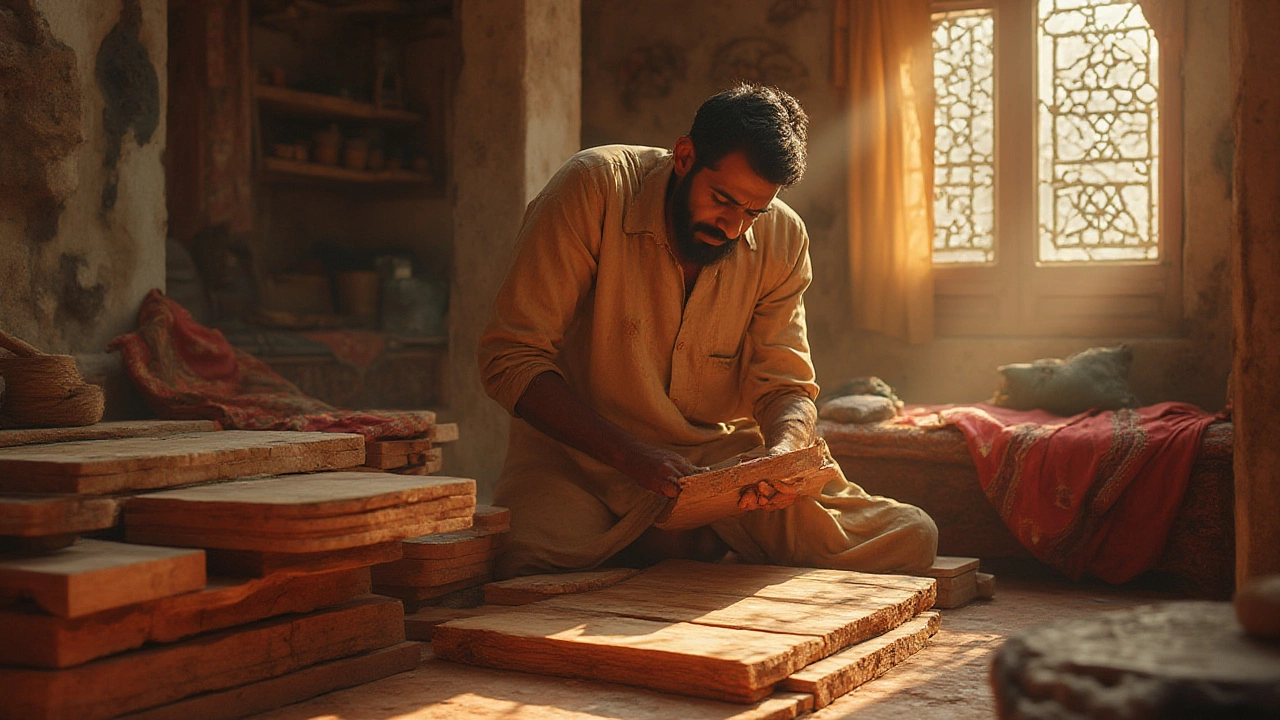Wood Dimensions for Tables: Your Quick Reference
Picking the right dimensions for a wooden table can feel tricky, but you don’t need a degree in engineering. All you need is a few solid guidelines and a sense of the space you’re working with. Below we break down the basics for coffee tables, side tables, dining tables, and consoles, so you can measure, cut, and build with confidence.
Standard Table Sizes You’ll See Everywhere
Most furniture stores follow a set of common dimensions. A coffee table usually sits around 18‑20 inches tall, 36‑48 inches long, and 20‑24 inches wide. Side tables fall in the 20‑24 inch height range, with tops around 20‑28 inches across. Dining tables are the biggest jump: a typical height is 28‑30 inches, length ranges from 48 inches for a small four‑person set up to 96 inches for a big family, and width is often 36‑42 inches.
If you’re building a console or entry‑way table, aim for a height of 30‑34 inches, a length of 48‑72 inches, and a depth of 12‑18 inches. These numbers keep the piece functional without crowding the hallway. Remember, these are starting points—your room’s layout may shift them a bit.
How to Choose the Right Wood Dimensions
Start with the room’s measurements. Measure the floor space, then leave at least 18‑24 inches of clearance around the table so people can move comfortably. For a dining table, add 30‑36 inches of legroom on each side; that’s where plates and chairs live.
Next, think about wood thickness. A 1‑inch top works for coffee tables and side tables, giving a sleek look without adding bulk. For dining tables, 1.5‑2 inches is a safe range; it feels sturdy and holds up to everyday use. If you’re using a softer wood like pine, go a little thicker to avoid wobble.
Leg height matters too. A coffee table’s legs are usually 12‑14 inches, while a dining table’s legs come out to 28‑30 inches total height. Match leg style to the top thickness – thicker tops pair well with wider legs, which balance the visual weight.
Don’t forget the apron—the frame that connects the legs under the tabletop. A 2‑inch deep apron adds strength and gives a classic look. For modern, minimalist pieces, you can slim it to 1‑inch, but make sure the joints are well‑reinforced.
Finally, factor in the finish. A heavy glaze or oil adds a few millimeters, so keep a tiny buffer if you’re fitting the table into a tight spot. Most finishes dry thin, but it’s better to be safe than sorry.
With these basics in hand, you can sketch a quick plan, pick the right lumber, and cut it to size without second‑guessing. Whether you’re a DIY newbie or a seasoned woodworker, matching the right dimensions to your space makes every table look intentional and functional.
Need a quick cheat sheet? Remember: coffee table ≈ 18‑20" tall, 36‑48" long; side table ≈ 22" tall, 24" across; dining table ≈ 30" tall, 36‑42" wide, length varies by seats; console ≈ 30‑34" tall, 12‑18" deep. Adjust each number by the room’s clearance and the wood’s thickness, and you’ve got a table that fits like it was made for that spot.
Now grab that tape measure, pick your favorite wood, and start building. The perfect table isn’t a myth – it’s just a matter of using the right dimensions.
How Thick Should Wood Be for a Coffee Table? Expert Tips and Best Practices
Wondering how thick your coffee table wood should be? This guide covers ideal wood thickness, design, durability tips, and expert advice for building the perfect coffee table.





